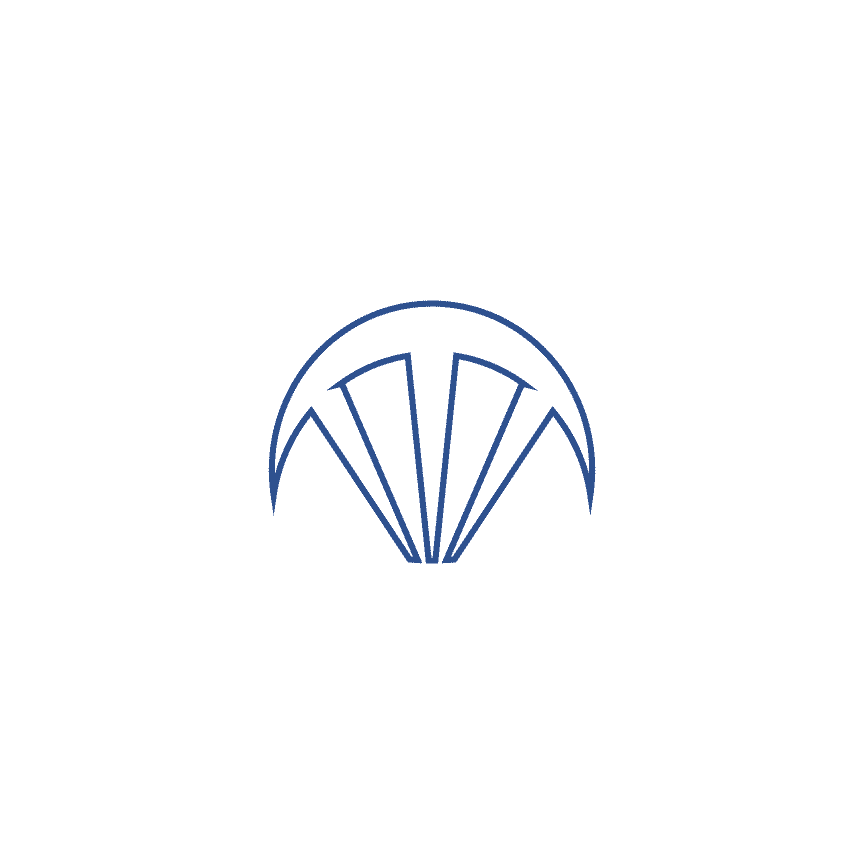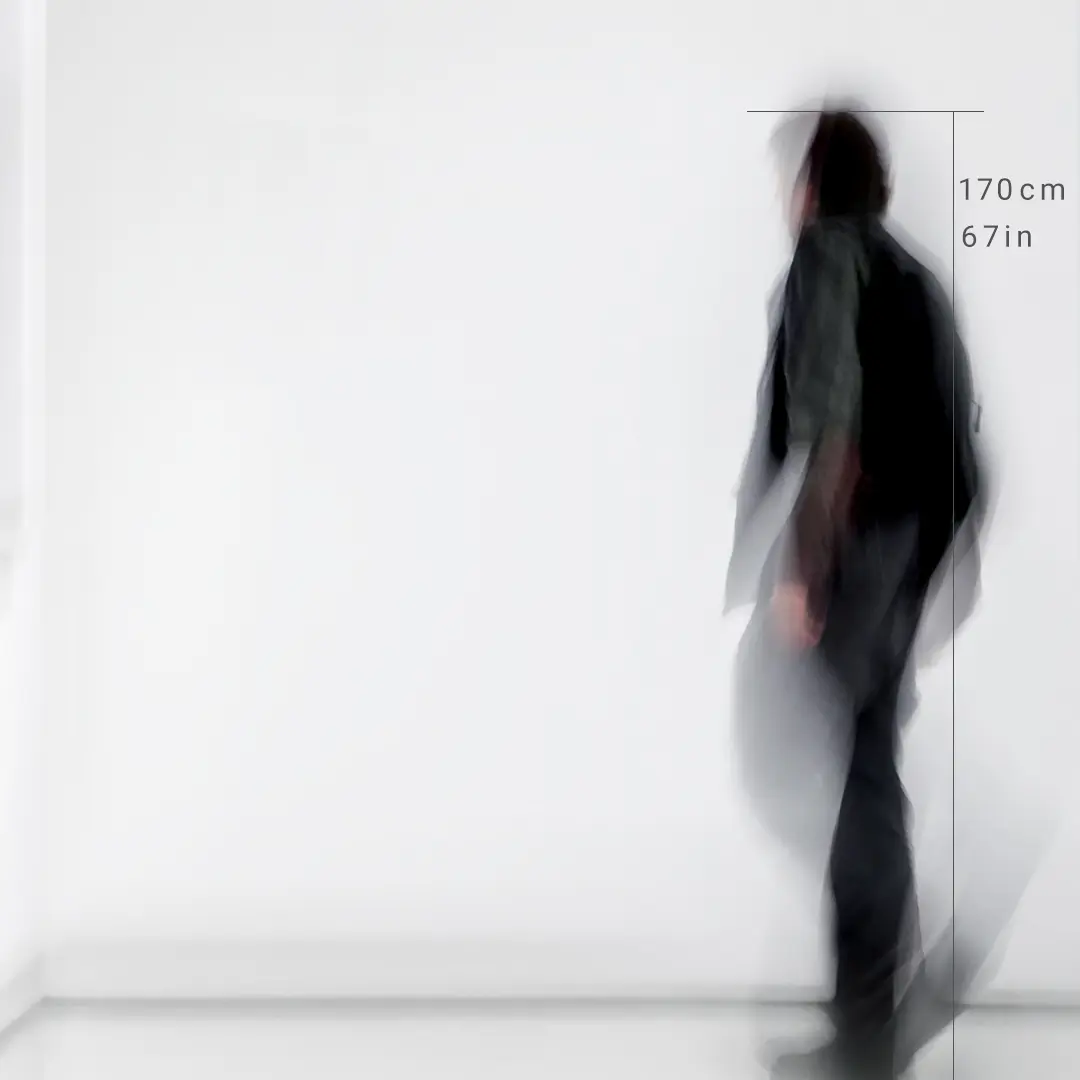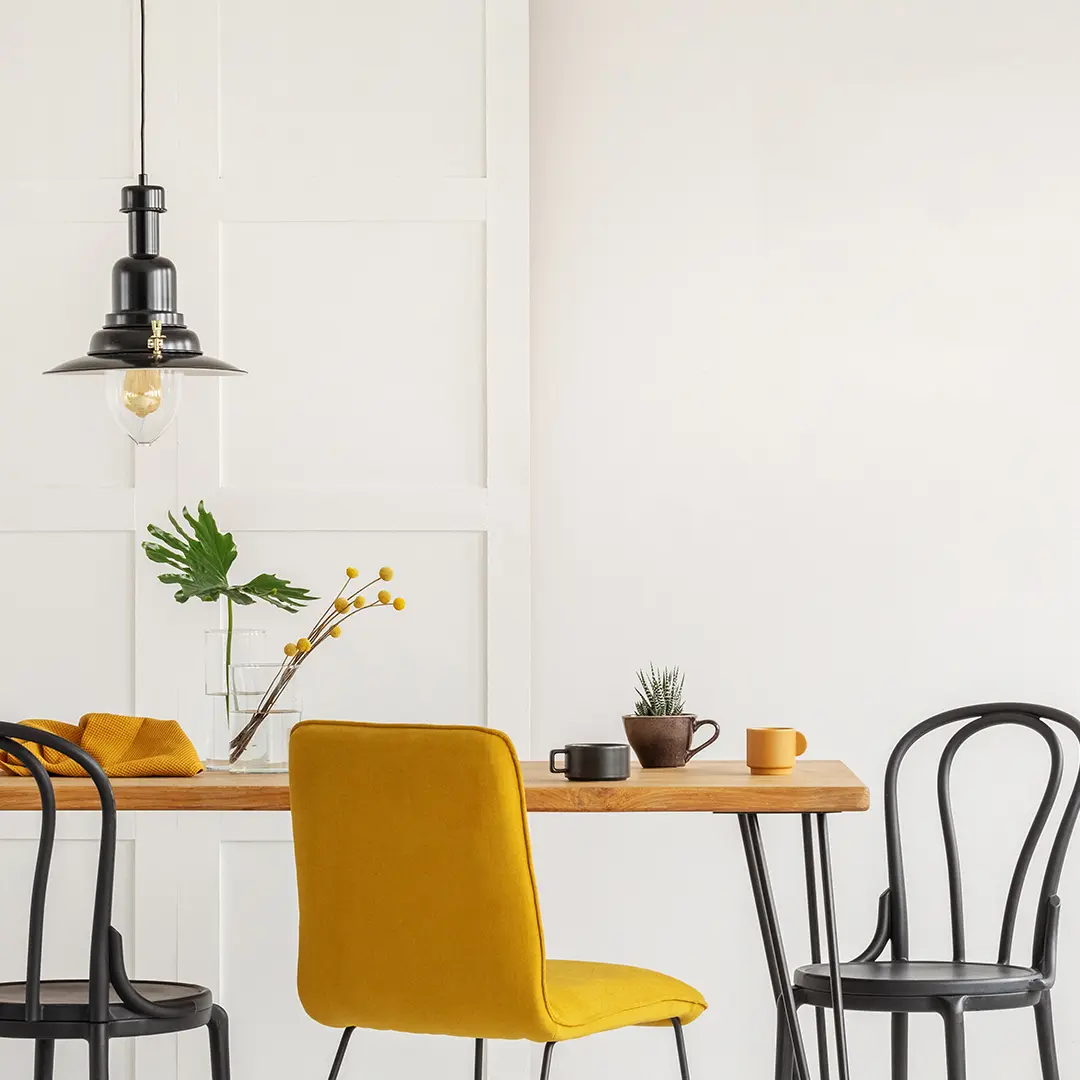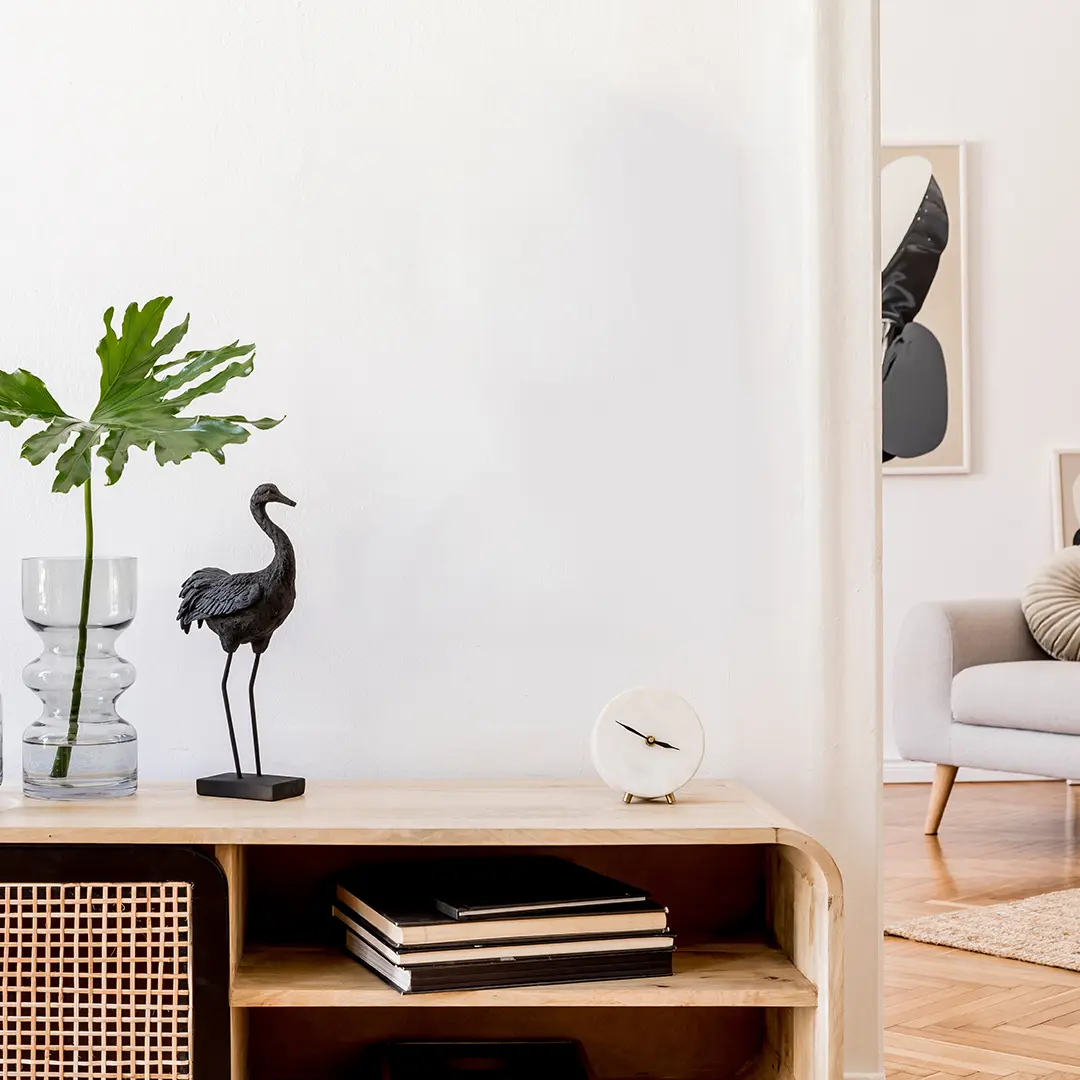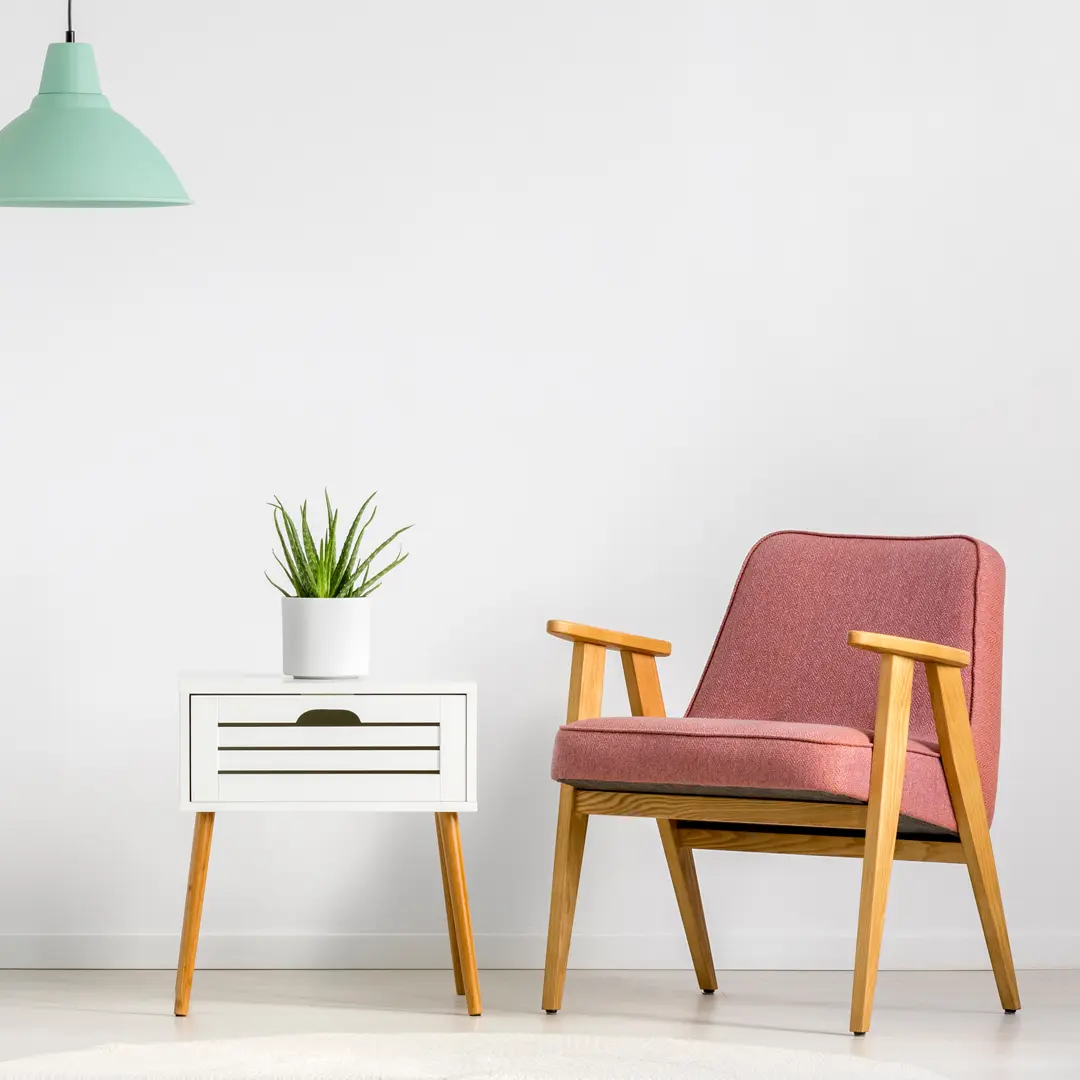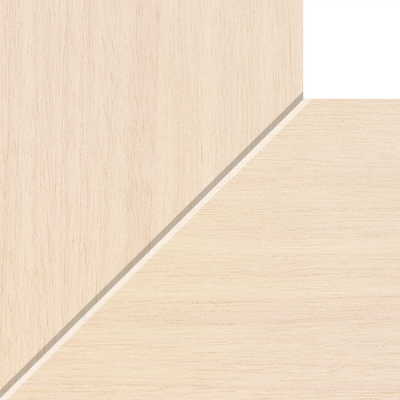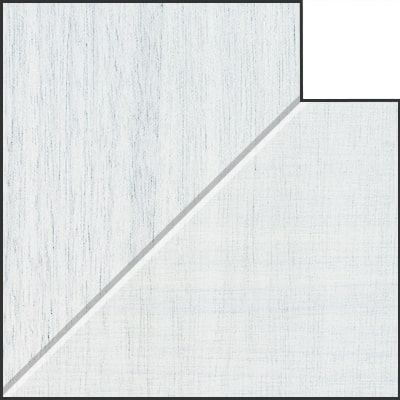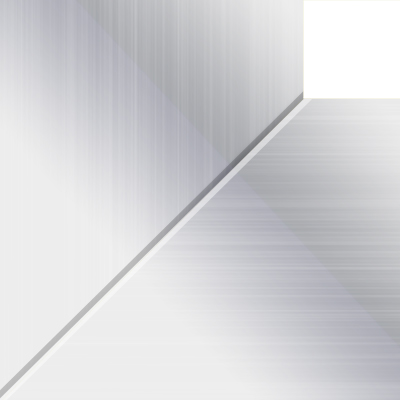Paulownia wood board, mizuhoshi used. Washi paper is not used. It is painted directly on the panel. I used brown to express the beauty and movement of the uneven lines on the left and right sides. Because it is painted directly on a paulownia wood panel, it has a very matte finish. I think the image will change depending on the color of the wallpaper used to decorate the room. Japanese painting" is based on a style of painting that has existed for more than 1,000 years, and uses traditional materials that have been cultivated throughout history. The technique involves painting on Japanese paper, silk, wood, etc., using natural pigments such as sumi ink, iwa-enogu (mineral pigments), gofun (gofun), etc., and glue (nikawawa) as an adhesive. Gold and other metal materials (gold leaf, etc.) are also used. Iwa-enogu, made from ores, is a beautiful, sand-like powder. Mizuhigure, made from clay, is a fine, stretchy paint with fine particles. Artificial versions of iwa-enogu and mizuhoshi egur are also made, and are available in a wide variety of colors. Goko, made from shells, is a white pigment with fine particles.


